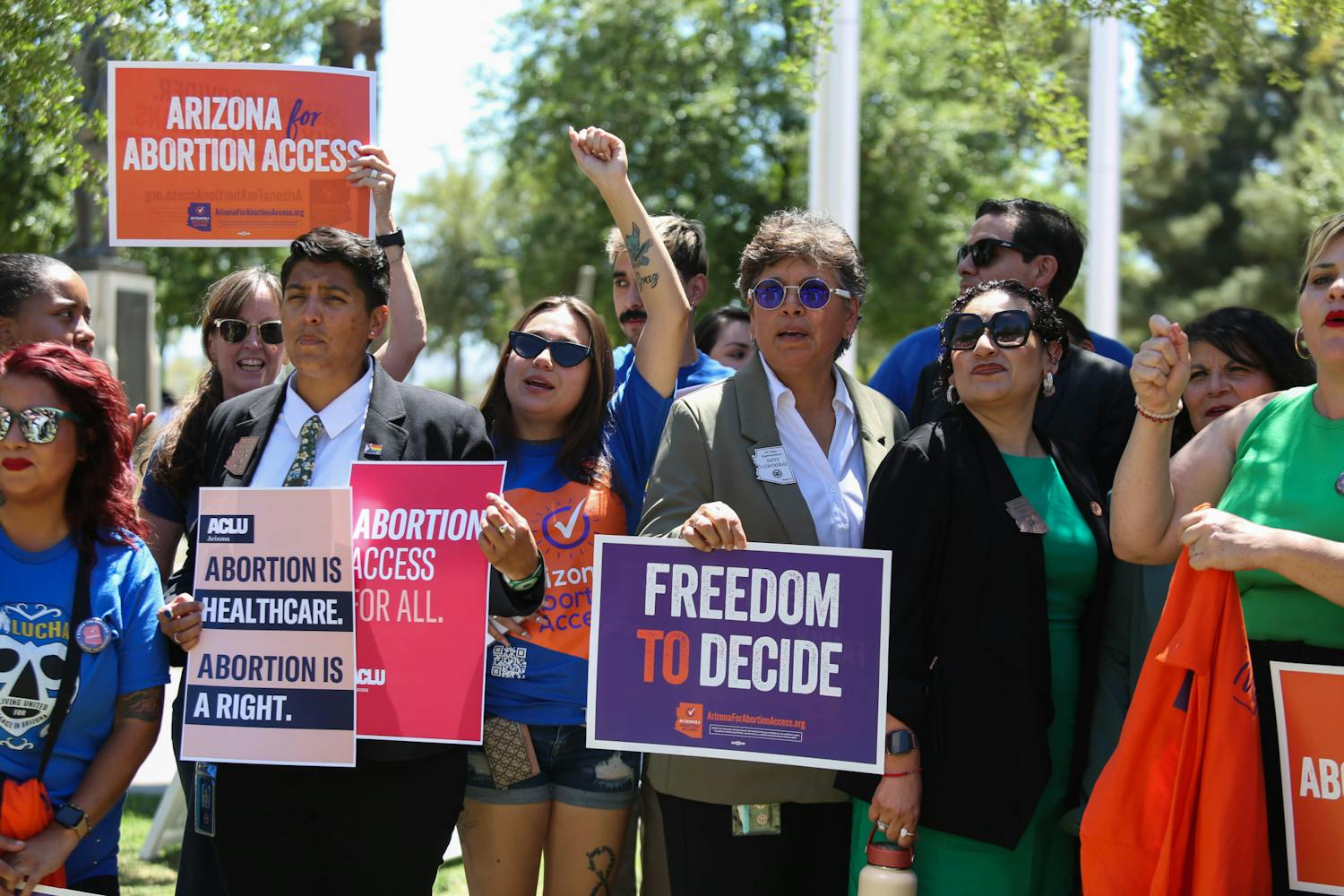As students return to campus this month, they will have to find a way to pay for a bill that will continue to grow each year they return.
The single largest expense that students will owe to the university is tuition. Unfortunately, it also is the least managed by student advocates such as the student government, despite the opportunity and responsibility for tuition rates resting largely with the university system.
Tuition setting is complex because public universities like ASU are reliant on both a subsidy from the state of Arizona, controlled by the Legislature and Gov. Doug Ducey, and private funding from tuition rates proposed by the universities and approved by the Arizona Board of Regents.
Every year in March (right after spring break), the universities release their tuition proposals that routinely call for increased rates due to a historical loss of funds from the state of Arizona and the pressures of continued growth.
About two weeks later, the Arizona Board of Regents will host the one and only public hearing on tuition scheduled to last two hours for comments from across the state, including some campuses I bet you haven’t heard of, such as the University of Arizona South Campus and the Northern Arizona University Yuma.
.@AZRegents tuition workshop is underway. Watch live: https://t.co/zhikVxW6U2 pic.twitter.com/cQMH1OaGy4
— AZ Board of Regents (@AZRegents) March 30, 2017
That may not sound like a lot of time, but you may be surprised that last year the hearing ended early because there weren’t enough comments to fill even two hours.
Of the public comments, there will be a few students who angrily chastise the Regents and universities for raising tuition and a heartfelt story or two about the burden tuition is imposing. On the other side, the student governments will provide their annual, reluctant support to the tuition proposal citing no other options for the university system.
Unfortunately, it is often the case that many of these members do not attend the ABOR meetings throughout the rest of the year when ASU’s financial situation is discussed in detail over several hours and sometimes days.
ABOR even puts on a tuition workshop over a half-day to showcase what is going on with the universities and references financial aid reports, goal documents and more that are parsed through piece by piece during the academic year. However, it is rare to see a student government officer, let alone any other student advocates, at this workshop.
This is critically important because to make any recommendations that will actually be considered requires an understanding of the university system and its future goals.
For instance, one policy option not considered at ASU is the tuition pledge program. The University of Arizona and Northern Arizona University both have tuition pledge programs in which what a student pays when they enter freshman year is what they will pay for each of their four years.
ASU, on the other hand, committed to a 10-year plan of zero to three percent tuition increases for in-state students since 2011. Note that guarantee does not extend to out-of-state students.
Why? One reason may be that spreading tuition hikes across all classes of students allows ASU to keep entry tuition lower for everyone and can help ASU with its aggressive enrollment goals of another 27,000 students over the next eight years.
For UA and NAU, tuition hikes are often larger than three percent for in-state students, but they will not affect most students who are currently enrolled.
Understanding the higher educational environment outside of ASU is critical for understanding one’s choices in the market, as the political reality is Arizona lacks the will to provide a dramatic amount of state funding to the universities that would allow for the current level of service to be provided for a cheaper tuition price.
College of Nursing and Health Innovation senior Reagan Blackwell said that tuition rates remain high because of state and federal grants.
A university operates as its own business, and therefore has the job of setting the tuition cost as high or low as deemed appropriate for that particular school," Blackwell said. "If students or parents think that a university's tuition is too high, then they have the option to choose to apply to another university instead. Therein lies the beauty and functionality of a capitalistic society that breeds more competition and higher education standards.”
Reach the columnist at raboyd@asu.edu or follow @RyanAndrewBoyd on Twitter.
Editor’s note: The opinions presented in this column are the author’s and do not imply any endorsement from The State Press or its editors.
Want to join the conversation? Send an email to opiniondesk.statepress@gmail.com. Keep letters under 500 words and be sure to include your university affiliation. Anonymity will not be granted.
Like The State Press on Facebook and follow @statepress on Twitter.




